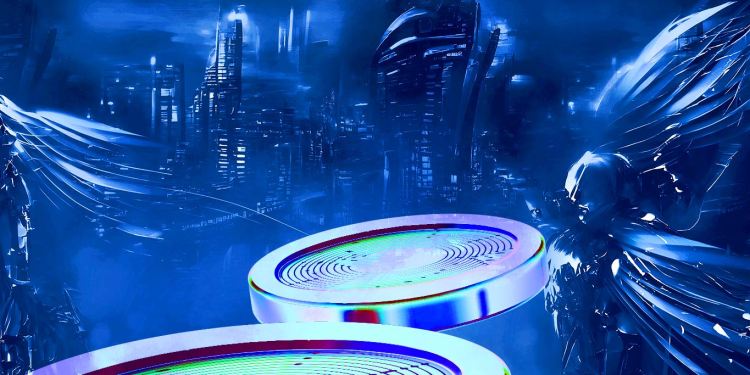CEOs from two of the biggest crypto firms in the world are giving a nod of approval to Ethereum (ETH) creator Vitalik Buterin’s idea for how exchanges can maintain transparency for their customers.
After the collapse of FTX and the revelations that came with it, scrutiny over the reserve systems of crypto exchanges circulated, prompting several firms to publish their reserves to prove solvency.
Buterin suggested a system where users can verify their personal balances through a Merkle Tree, protected with the privacy of a zk-SNARK (zero-knowledge succinct non-interactive argument of knowledge).
“The simplest thing that we can do is put all users’ deposits into a Merkle tree (or, even simpler, a KZG commitment), and use a ZK-SNARK to prove that all balances in the tree are non-negative and add up to some claimed value. If we add a layer of hashing for privacy, the Merkle branch (or KZG proof) given to each user would reveal nothing about the balance of any other user.”
Merkle Trees help encode blockchain data more efficiently and securely and can assist in quickly verifying information without revealing an entire data set. KZGs are a type of polynomial commitment scheme that allow verifiers to confirm claimed evaluations.
Responding to Buterin’s proposal, Coinbase CEO Brian Armstrong thanked the Ethereum co-founder and said on-chain accounting will be important for the industry moving forward.
Thank you @VitalikButerin for helping drive this research forward. On-chain accounting will be an important part of the cryptoeconomy. https://t.co/UzqL0kMaEF
— Brian Armstrong (@brian_armstrong) November 19, 2022
Meanwhile, Binance CEO Changpeng Zhao says he is working on Buterin’s new ideas.
Buterin says that crypto exchanges should evolve to be non-custodial, but have certain aspects centralized in order to provide services like wallet recovery and regulatory requirements.
“In the longer-term future, my hope is that we move closer and closer to all exchanges being non-custodial, at least on the crypto side. Wallet recovery would exist, and there may need to be highly centralized recovery options for new users dealing with small amounts, as well as institutions that require such arrangements for legal reasons, but this can be done at the wallet layer rather than within the exchange itself.
On the fiat side, movement between the traditional banking system and the crypto ecosystem could be done via cash in / cash out processes native to asset-backed stablecoins such as USDC. However, it will still take a while before we can fully get there.”
Follow us on X, Facebook and TelegramDon't Miss a Beat – Subscribe to get email alerts delivered directly to your inbox
Check Price Action
Surf The Daily Hodl Mix

Disclaimer: Opinions expressed at The Daily Hodl are not investment advice. Investors should do their due diligence before making any high-risk investments in Bitcoin, cryptocurrency or digital assets. Please be advised that your transfers and trades are at your own risk, and any losses you may incur are your responsibility. The Daily Hodl does not recommend the buying or selling of any cryptocurrencies or digital assets, nor is The Daily Hodl an investment advisor. Please note that The Daily Hodl participates in affiliate marketing.
Featured Image: Shutterstock/sci-fion/Sensvector





